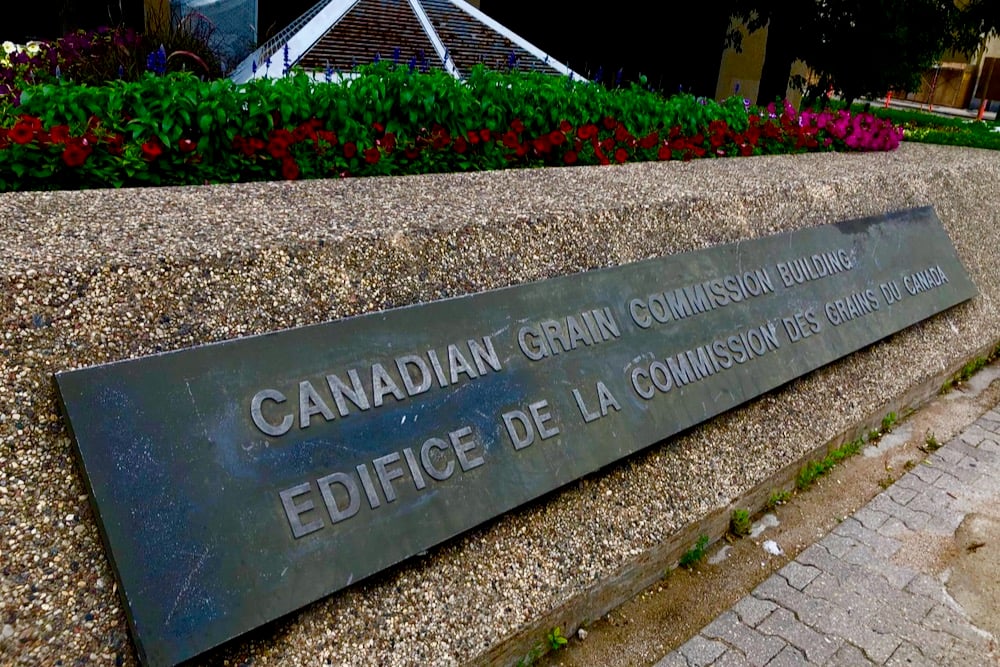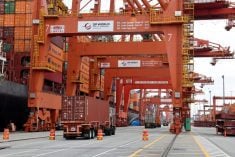Manitoba’s Progressive Conservative party says all farmers in the province should be paid for retaining wetlands.
Brian Pallister, Manitoba PC leader, said the province should adopt the Alternative Land Use Services (ALUS) model to mitigate the risk of flooding.
“By working with local landowners and providing a financial incentive to offset the costs of maintaining wetland and grasslands through the Alternative Land Use Services program, we can enhance our environment and reduce flooding downstream in the watershed,” Pallister said in a release.
The Keystone Agricultural Producers and Delta Waterfowl have long championed the concept of paying landowners for ecosystems services and Manitoba was the first province to run a pilot ALUS project in the rural municipality of Blanshard.
Read Also

Canadian Grain Commission to use surplus to avoid fee increases
The Canadian Grain Commission will continue to use its surplus to cover budget shortfalls and avoid potential fee increases until 2028, the federal agency announced Monday, Oct. 27.
Policy makers and some environmental groups have scoffed at the idea, noting farmers shouldn’t be compensated for doing the right thing.
But the 2011 and 2014 Assiniboine River floods and the hundreds of millions spent to build up dikes and reinforce infrastructure in Manitoba, has softened some of that criticism.
“I think we’ve finally come to the point where everybody has realized we need to deal with landscape management or we will pay the price,” Ian Wishart, former KAP president and PC MLA for Portage la Prairie, who has been promoting ALUS for nearly 15 years.
“We pay the price on a number of fronts. Flooding is just one. Water quality is another one, habitat loss is the third one and the whole carbon offset is another big factor.”
Wishart said the ALUS concept is a proven entity because Alberta, Saskatchewan and Manitoba have conducted or are running pilot projects. Prince Edward Island has adopted ALUS for the entire province.
Implementing ALUS across Manitoba would cost between $20 and $30 million annually, Wishart said, adding the federal government likes the concept.
“Back when I ran it we didn’t have a lot of federal support. Now I think that’s changed,” he said. “This is one of these things that has to be joint federal-provincial (funding) and needs an element of municipal too…. I think everything has come together finally.”















